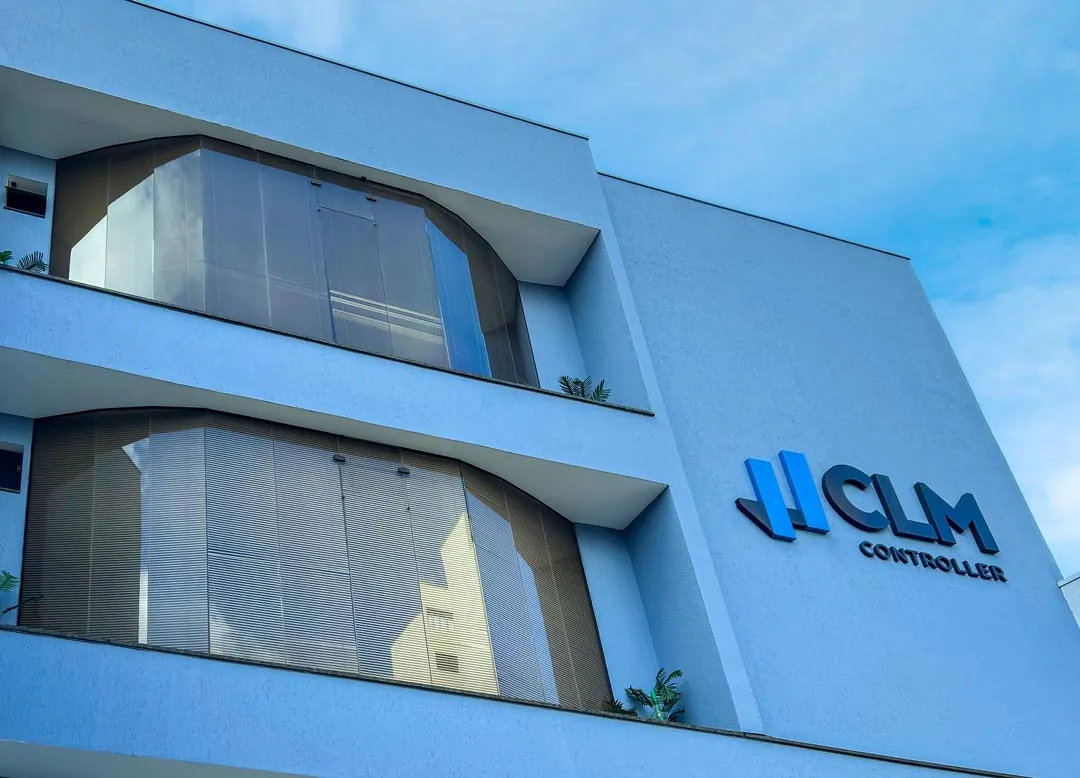The importance of time control
In this article we talk about the importance of a time and attendance system and how it guarantees greater legal security for the company and its employees.
Time and Attendance Control is a tool that allows you to efficient management of working hours and guarantees greater legal certainty for both companies and employees.
Over the years, time and attendance systems have undergone a significant evolution. Today, it has modern features that make it possible to record working hours via smartphone apps, guaranteeing assertive time recording for all employees, even those who work externally.
[Article]: Find out how notice works
What is time control?
Time and attendance is a tool used to record the working hours of a company's employees. It records entry and exit times, absences, meal breaks and overtime.
The implementation of Time and Attendance Control is a legal obligation, imposed by the Consolidation of Labor Laws (CLT), for companies with 20 employees or more. But it can also be used by smaller companies.
The Human Resources Department is responsible for ensuring that the company operates in accordance with the rules laid down in the CLT and also for organizing the payroll each month.
With computerized time and attendance control, it's easier to reduce errors related to the fulfillment of each employee's working hours.
Time and attendance and working hours: what's the connection?
The working day comprises the routine of employees' hours and can be defined as the period of time in which they are at the company's disposal on a daily basis.
This working day is agreed between the company and the employee when they are hired and must comply with the CLT.
According to Brazilian labor law, employees hired under the celetista regime must work a maximum of 8 hours a day. That's 44 hours a week and 220 hours a month. The law also guarantees the right to a lunch break.
There are some professions that have different working hours regimes.
Companies have the flexibility to hire their employees, as long as they respect the CLT and pay overtime when it is worked.
[Article]: Find out how much an employee costs your company
Types of time control
Initially, time control was done using paper records. But thanks to advances in technology, companies now have several options. Here are the main types of time control.
[Article]: Learn how to calculate your company's break-even point
Manual stitch
Manual time recording is the process of recording time in a time book. The process is done manually, recording the times in the book when the employee enters or leaves the company.
Although it meets the requirements of the law, it is not considered a secure system, as the marking can be subject to fraud. In addition, it is a system that is behind the times.
[Article]: Human resources department: Duties and importance in people management
Mechanical or cartographic point
It is the record made using mechanical clocks, also called cartographs. This equipment was the first prototype created for time control.
The system uses a paper card that the employee inserts into the machine so that it stamps the stage of the working day.
Today, there are very few in operation, as it is no longer considered an efficient, safe or practical system.
[Article]: 7 accounting mistakes that can put your company at risk
Electronic time clock
Electronic time recording is the most widely used piece of equipment in large corporations. It is usually fixed at a strategic point in the company. It can be operated using time cards, passwords or biometric registration.
It is considered an efficient, practical and precise system for controlling working hours. Its operation must follow the rules set out in Ordinance 1510.
[Article]: Learn why fiscal management is important
Alternative time control
It is the most modern way of recording working hours. It no longer uses physical equipment, but online software. This makes it possible to record the clock-in and clock-out times of both internal and external employees.
It works via applications installed on computers or smartphones. It must comply with Ordinance 37 of the Ministry of Labor.
[Article]:Efficient employee replacement
Why do time and attendance controls for external employees?
Time and attendance control guarantees better personnel management for your company. As far as external employees are concerned, without this mechanism, there is no way of assertively knowing whether they are complying with the working hours agreed with the company.
Even if employees are performing well, this tool is important for better control and security.
Thanks to technological resources, it is now possible to keep track of time and attendance via mobile devices, recording it using apps at any time and from anywhere.
[Article] Accounting mistakes that big companies make
Avoiding labor lawsuits
Many labor lawsuits are filed over overtime. Therefore, time and attendance control ensures that companies and employees have a healthy relationship and comply with the law.
[Article]: Learn how to prepare for an audit
Time management
Implementing time and attendance management modernizes control of working hours and thus provides more legal certainty for both companies and employees.
[Article]: Learn how to calculate Real Profit
Reduction of costs and operational errors
Time control guarantees greater transparency between the company and its employees. Without it, it becomes impossible to monitor working hours, which can lead to errors in payments, excessive working hours and the risk of labor lawsuits.
An efficient system avoids all this and ensures that the company has no extra costs.
[Article]: Here's how succession planning works via a holding company
What does the law say about this type of control?
All employees who carry out their work outside the company's physical premises are subject to the rule's exceptional regime. This is because their activities are carried out under the supervision of the manager, but out of sight.
The special condition must be recorded on the employee's work permit. This is the first condition for them to qualify as an external employee.
According to Article 62 of the CLT, the exceptional case only exists when there is no possibility of measuring the employee's working time and this record needs to be made by other means.
What's more, working outside the company does not mean that it is impossible to control working hours. It is therefore essential that the employee's autonomy is proven in order to carry out their daily duties, without direct or indirect interference from the company.
[Article]: Tax compliance, you must comply to grow!
What are the advantages?
For managers, the main advantage is the total control of hours worked by external employees in a practical and assertive way.
In addition, it is possible to record overtime, absences and delays, which optimizes the work of the Human Resources Department.
Time control for external employees allows the company to have precise data on employees' working hours and locationThis is the case even when they work outside the company.
For employees, the system offers greater security by recording their working time, including overtime and the justification of allowances, absences and delays.
If you need to rely on experienced accounting advice, capable of providing the best strategies for your company to improve its financial performance, get to know CLM Controller's solutions now.

Spreadsheet
Cost per employee



